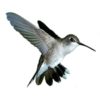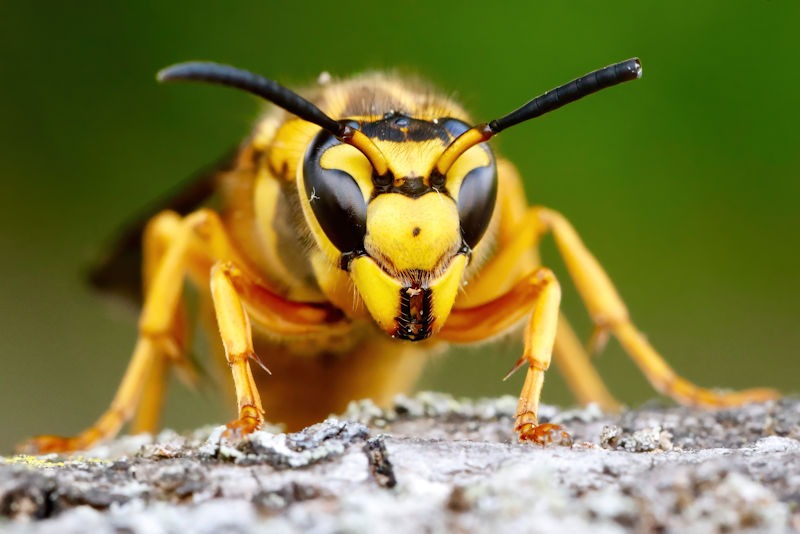Introduction
Yellow jackets are a common nuisance for homeowners, especially in Southern Maryland and Northern Virginia. These aggressive wasps can sting painfully and even trigger allergic reactions. Removing food sources that attract yellow jackets is the most effective way to keep them out of your yard. This guide covers their main attractants, strategies for managing outdoor spaces, and simple methods to reduce their presence.
Common Food Sources That Attract Yellow Jackets
Yellow jackets are drawn to several common food items, including:
- Sugary drinks and snacks like soda, juice, or spilled sweets.
- Pet food left in outdoor bowls.
- Garbage with food scraps or strong odors.
- Ripe or rotting fruit from trees or gardens.
Knowing what attracts yellow jackets can help you take targeted measures to deter them. Research confirms that they are especially attracted to sugary and protein-rich foods, making outdoor dining areas a hot spot for activity.
Tips for Proper Food Storage
Proper food storage is essential to deter yellow jackets:
- Indoors: Use airtight containers to seal food smells.
- Outdoors: Clean up food after meals and promptly wipe spills or crumbs.
- Events: Store food in tightly sealed coolers or airtight containers.
Even small crumbs or spills can attract yellow jackets, so thorough cleaning is vital.
How to Manage Outdoor Eating Areas
Outdoor spaces like patios, BBQ zones, and picnic areas require extra care:
- Use screens or mesh covers to protect food and drinks.
- Seal drink containers when not in use.
- Regularly clean tables and outdoor surfaces after meals.
Investing in reusable mesh food covers is a cost-effective and practical way to prevent yellow jackets from landing on food.
Garbage and Compost Tips
Trash bins and compost piles can attract yellow jackets. Here’s how to manage them effectively:
- Use lidded trash cans that seal tightly.
- Empty trash bins frequently to avoid food buildup.
- Keep compost bins secure and away from outdoor seating areas.
Avoid overfilling trash cans, as exposed food scraps can quickly draw yellow jackets.
Managing Fruit Trees and Gardens
Fallen fruit and rotting plant material are major yellow jacket attractants.
- Regularly collect and dispose of fallen fruit.
- Protect fruit trees with netting to prevent access.
- Remove decaying plants or weeds from your garden promptly.
Maintaining a clean garden reduces food sources that yellow jackets seek.
Conclusion
Eliminating food sources is a straightforward and effective way to keep yellow jackets out of your yard. Whether by improving food storage, managing outdoor dining areas, or keeping your garden tidy, these steps can significantly reduce yellow jacket activity. By implementing these tips, you can create a safer and more enjoyable outdoor space for your family.
Frequently Asked Questions
Q: Why are yellow jackets attracted to my yard?
A: Yellow jackets are drawn to food sources like sugary drinks, pet food, garbage, and ripe fruit. Managing these attractants can help keep them away.
Q: How can I keep yellow jackets away from outdoor eating areas?
A: Use airtight containers, cover food and drinks, clean spills immediately, and use mesh food covers.
Q: What should I do with fallen fruit in my garden?
A: Collect fallen fruit regularly and dispose of it properly. Use netting to protect trees from yellow jackets.
Q: How often should I clean my garbage bins?
A: Clean and empty garbage bins frequently, ensuring they have tight-fitting lids to prevent yellow jackets from accessing food waste.
Q: Are traps effective for managing yellow jackets?
A: Yes, commercial traps like the Rescue! Yellow Jacket Trap are affordable and can help reduce yellow jacket populations.
References:
NEED HELP?
If you live in Southern Maryland, or Northern Virginia
FIND YOUR SOLUTION HERE
People, Pet & Pollinator Safe! Pest control for people who care.

